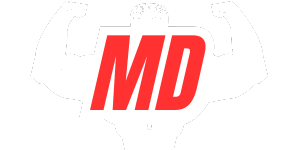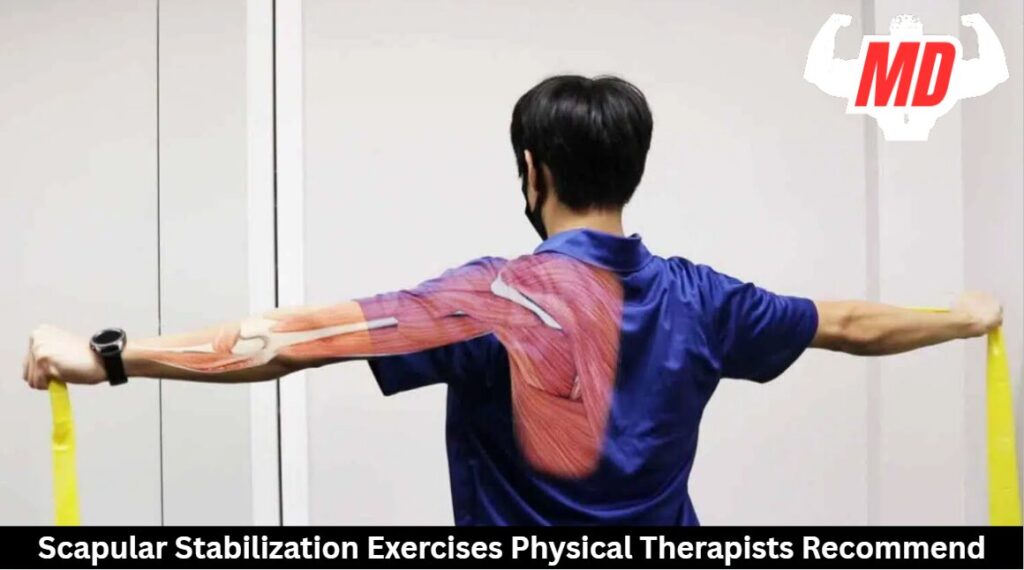Your shoulders feel tight and painful after a long day at the computer. Sound familiar? This discomfort often stems from weak scapular muscles. You might not realize how these hidden stabilizers affect everything from your posture to your ability to lift grocery bags.
Without strong scapular control, you’re setting yourself up for chronic pain and limited mobility. Let’s explore what physical therapists actually recommend for building this essential stability.
Why Scapular Stabilization Matters
While many people focus exclusively on building shoulder strength, proper scapular stabilization serves as the foundation for all upper body movements. Your shoulder blades (scapulae) create the platform from which your arms generate force and maintain mobility.
Poor scapular control can lead to impingement, rotator cuff tears, and chronic pain that impacts daily activities. Physical therapists emphasize scapular stabilization as a cornerstone of shoulder rehabilitation because it restores proper movement patterns and reduces stress on vulnerable structures.
Beyond injury prevention, scapular strength directly impacts your posture correction efforts. When stabilizing muscles weaken, rounded shoulders develop, creating a chain reaction of compensation throughout your musculoskeletal health system. You’re optimizing function for everything from overhead reaching to heavy lifting.
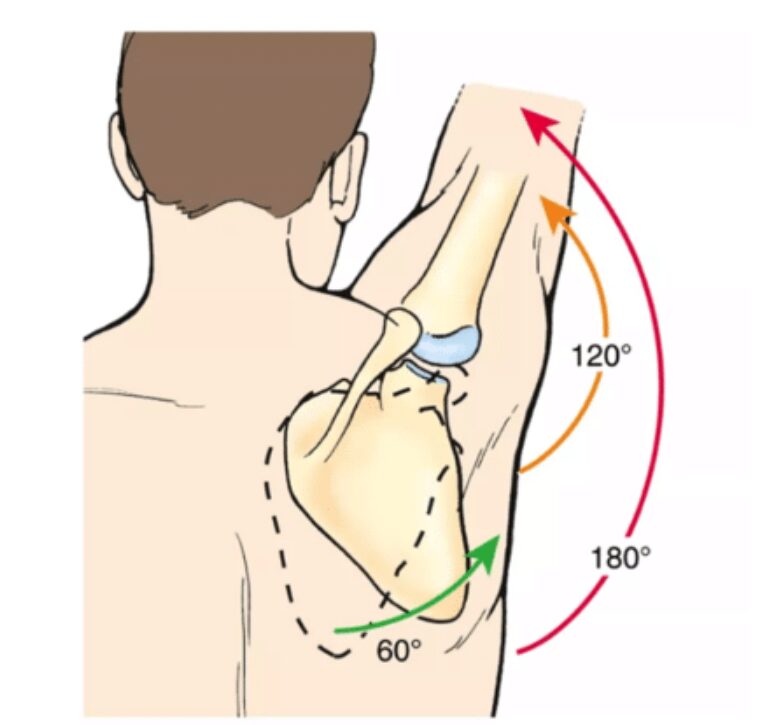
Signs You Need Scapular Stabilization Exercises
How can you tell if your shoulder blades need attention? Your body often sends clear signals that scapular stabilization should be part of your rehabilitation protocol. A primary indicator is persistent shoulder pain, especially during overhead movements or when reaching behind you. There might be a limited range of motion when you try to lift your arms overhead, or difficulty maintaining strength during pushing or pulling exercises.
Poor posture is another telltale sign. Suppose you catch yourself with rounded shoulders or notice visible “winging” of your shoulder blades (where they protrude from your back). This instability impacts your appearance. If not corrected, it can also cause ongoing pain and functional problems in your upper body.
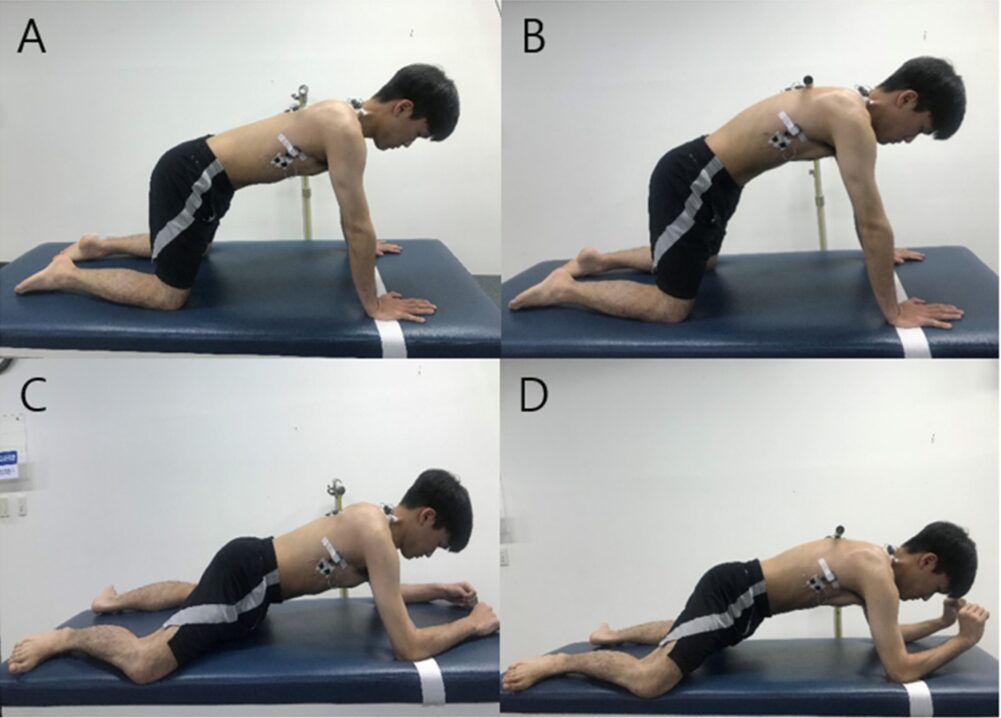
Key Muscles Involved in Scapular Stability
The stability of the shoulder blade relies on a complex network of muscles. Your scapula depends on several key muscle groups that must be properly activated and strengthened.
The serratus anterior, often called the “boxer’s muscle,” keeps your scapula flat against your ribcage during arm movements. Without it, you’ll notice scapular winging. Your rhomboids and middle/lower trapezius muscles control retraction and upward rotation, essential for proper posture and overhead movements.
Don’t overlook the rotator cuff muscles, which provide dynamic stability during arm movements. These smaller muscles work with the larger back muscles to maintain control of the scapula through various planes of motion.
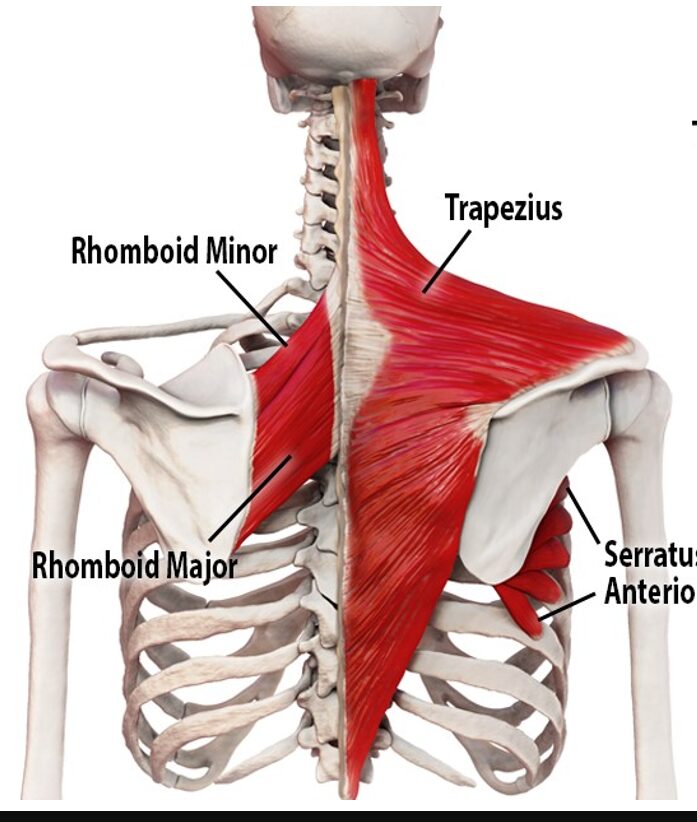
Top Scapular Stabilization Exercises Therapists Trust
Physical therapists recommend specific exercises that directly strengthen the muscle groups we just explored. Scapular wall slides are excellent for improving posture while activating upper back muscles responsible for proper shoulder blade mobility.
For mid-back engagement, try prone Y, T, and W raises on a bench or stability ball. These movements target different fibers of your trapezius and rhomboids.
To strengthen a weak serratus anterior, add exercises like serratus punches and push-up plus. Make sure to drive your shoulder blades forward at the top of each rep.
Resistance band rows and scapular retractions provide controlled resistance for strengthening retraction muscles. These scapular stabilization exercises, when performed correctly, can greatly reduce pain and improve function throughout your shoulder complex.
Tips for Safe and Effective Progression
Start scapular stabilization exercises with simple bodyweight movements and gradually add resistance. Work on good form in slower, controlled motions so you can feel each muscle contracting during the rehab process.
Watch your shoulder position during each exercise. Make sure there’s no shrugging or neck tension. Physical therapy professionals advise adding weights or resistance bands to increase repetitions slowly.
As you progress, maintain a controlled tempo. Count 2-3 seconds during each phase of movement rather than rushing through repetitions. This precision activates stabilizing muscles more effectively.
If you experience pain rather than muscle fatigue, reduce the intensity or consult your physical therapist to modify your program for safe progression.
When to See a Physical Therapist
While proper exercise progression can resolve many scapular issues, certain warning signs indicate you should consult a physical therapist. If you’re experiencing persistent pain despite consistently performing stabilization exercises for several weeks, it’s time for professional guidance.
Seek evaluation if you notice your posture continues to deteriorate or if shoulder movements cause shooting pain, numbness, or tingling down your arm. These symptoms might signal nerve involvement requiring specialized assessment.
Physical therapists can provide personalized interventions when you’re recovering from shoulder surgery or sports injuries that affect scapular function. They’ll assess your specific movement patterns and adjust your program to address underlying weaknesses or compensations that self-directed exercise might miss.
Don’t delay seeking help if symptoms worsen or fail to improve with basic exercises.
Frequently Asked Questions
Should I Feel Pain During Scapular Stabilization Exercises?
No, you shouldn’t feel pain during scapular stabilization exercises. You might experience muscle fatigue or mild discomfort, but sharp pain indicates poor form or potential injury. Stop and consult a physical therapist immediately.
Can Scapular Exercises Help With Shoulder Impingement Syndrome?
Yes, scapular exercises can greatly help with shoulder impingement syndrome. They’ll strengthen stabilizing muscles, improve shoulder positioning, and restore proper mechanics that reduce painful compression of tendons during arm movement.
Are These Exercises Beneficial for Desk Workers?
Yes, these exercises are extremely beneficial for desk workers. You’ll improve your posture, counteract rounded shoulders from typing, and prevent upper back pain that commonly develops from prolonged sitting at a computer.
How Do Scapular Exercises Differ From Regular Shoulder Workouts?
Scapular exercises focus on your shoulder blade’s stability and movement patterns, while regular shoulder workouts target muscle strength and size. You’ll use lighter weights, more controlled motions, and emphasize proper positioning with scapular training.
Can Teenagers Safely Perform These Stabilization Exercises?
Yes, teenagers can safely perform scapular stabilization exercises. You’ll want to start with bodyweight versions, focus on proper form, and progress gradually. They’re actually beneficial during adolescent growth periods.
